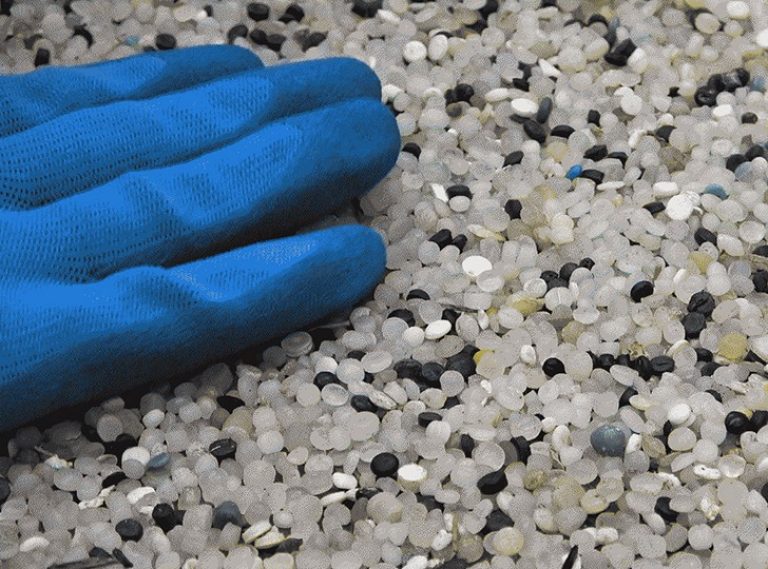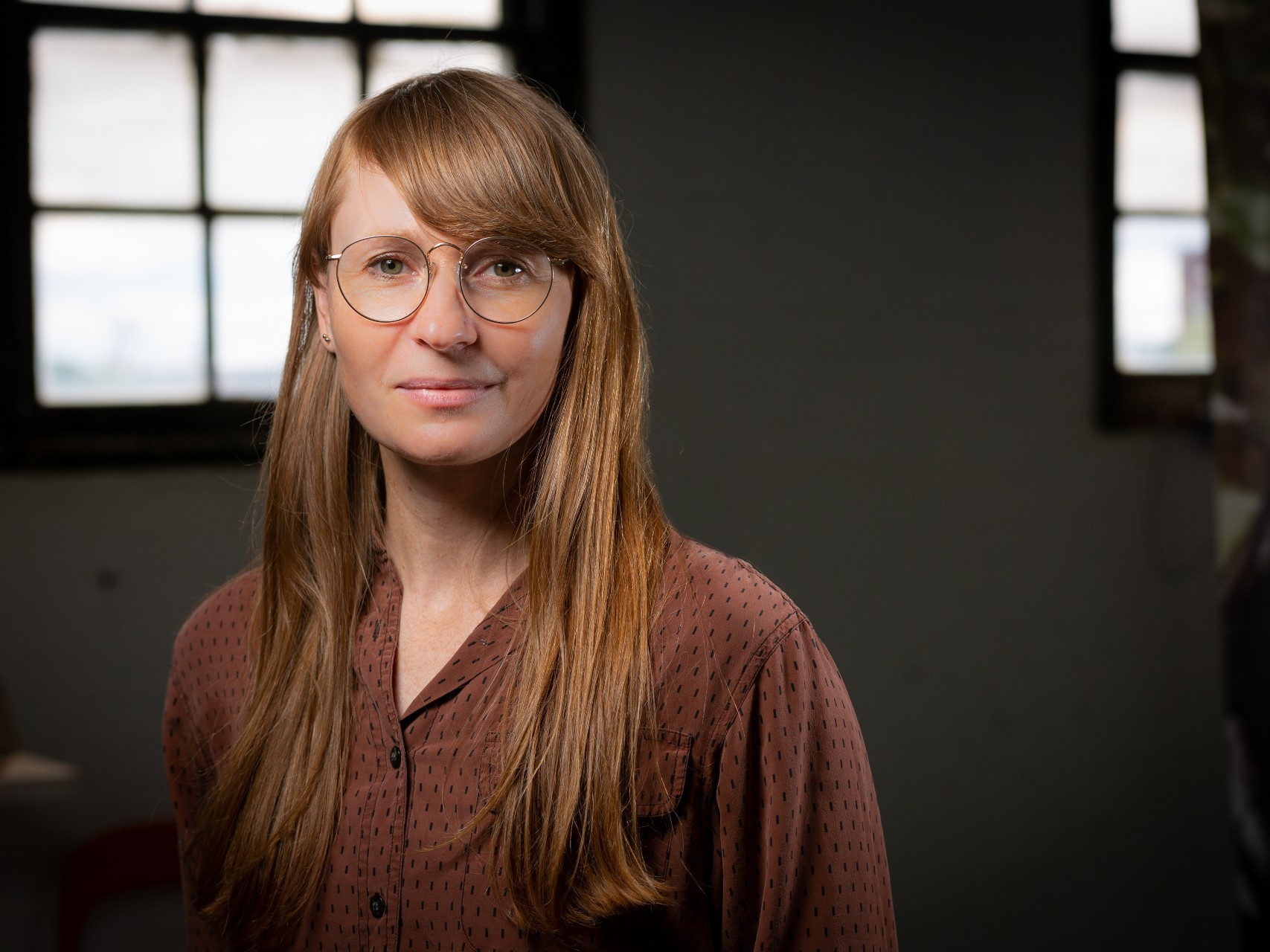New art exhibition tackles the harmful effects of microplastics on the environment

There are few industries as vital to our daily lives as plastics. From the cheapest toys to the highest of high-tech medical equipment, plastics are an integral element of nearly every consumer good we buy.
But that comes at a cost. Plastics can take hundreds of years to decompose and can have a dramatic effect on the health of an ecosystem. A new experimental art exhibit with strong ties to Concordia challenges viewers to think about our relationship to plastic and the way it has pervaded our culture and environment.
Plastic Heart: Surface All the Way Through opened on Tuesday, September 8 at the University of Toronto’s Art Museum. It was created by the multidisciplinary Synthetic Collective, made up of artists, art historians, philosophers, Earth scientists, biologists and chemists. Works from more than 30 artists, including new commissions and historical artifacts and objects, will be on display in a fusion of science, art and activism.
A central focus of the exhibit is plastic pellets, or nurdles. These microplastics, usually between one and five millimetres in length, are transformed by manufacturers into any one of countless plastic-based items churned out every day across the planet. Although they are very convenient, they are also a major source of pollution, particularly in or near bodies of water.
“This exhibit grew out of a comprehensive study of industrial plastic pellets in the Laurentian Great Lakes that we undertook in 2018,” says Kelly Jazvac, an associate professor of studio arts at Concordia and a founding member of the collective. “We all agreed that it would be very worthwhile to study the leakage of pre-consumer, industrial plastic pellets in the Great Lakes.”
 Kelly Jazvac: “When artists, art historians, philosophers and activists are involved in these conversations, the questions and the framing begin to change and context grows.”
Kelly Jazvac: “When artists, art historians, philosophers and activists are involved in these conversations, the questions and the framing begin to change and context grows.”
The group surveyed 67 beaches over a period of 10 days, sifting through sand and counting the number of pellets they found. The study led to a scientific paper published last year in the journal Science of the Total Environment.
“This exhibition helps to visualize the data in that paper in a way that is more visual and evocative for a broad range of audiences,” Jazvac notes. “The paper is also a tool for plastics industries in the Great Lakes region to see where their pellets are ending up, as we’ve visually described and catalogued every single pellet that we found.”
Plastic as paradox
Jazvac’s contribution to the exhibit keeps with her practice of working with salvaged plastics, in this case a large-scale used billboard advertising a high-end wristwatch with an underwater escape theme.
“I deconstructed the billboard so that it hangs curtain-like from ceiling to floor in a passageway between one area of the gallery that is climate-controlled and another that is not,” she explains. “We find ourselves in a climate that is out of control, and yet within the museum there is a given mandate to preserve objects in perpetuity by controlling the environment around them. Plastics, ironically, decompose readily in climate-controlled museums, but persist problematically in the environment at large.”
Jazvac also points out that the collective tried to make the exhibition as sustainable as possible. Aside from sourcing artwork locally, they eliminated vinyl signage in the show, and the videos are only displayed on solar-powered iPads that were already in the museum’s inventory. She even drove her artwork, the solar infrastructure for the exhibition and the work of participating artists Nico Williams (MFA 21) and assistant professor of studio arts Hannah Claus to Toronto in an electric car.
The exhibition is accompanied by a solar-powered, low-data website designed entirely by three Concordia MFA students, Nicolas Lapointe, Anna Eyler and Jean-François Robin. The website features an exhibition catalogue called A DIY Fieldguide for Reducing the Environmental Impact of Art Exhibitions. If the sun is shining in Montreal, you can visit the website at plasticheart.solar and read the Synthetic Collective’s manifesto for making art in a time of climate crisis.
“It can be easy to dismiss the artist’s role in science, but that is only because it has not been part of the process,” Jazvac says. “When artists, art historians, philosophers and activists are involved in these conversations, the questions and the framing begin to change and context grows. We can zoom out and start thinking about bigger questions: science has shown us the problems, now what?”
An online public dialogue between activists, scholars, scientists, and policy experts will be held in conjunction with the Plastic Heart exhibition on Wednesday, Sept. 15. The panel discussion will focus on activating resistance to mechanisms of petro-chemical pollution affecting human health and ecosystems will be held on Wednesday, Sept. 15. Click here for more information and to register for the Zoom webinar.
Visit the University of Toronto Art Museum site to learn more about the exhibition. To learn more about the Synthetic Collective, visit their website.
Find out more about Concordia’s Department of Studio Arts.
To learn more about Kelly Jazvac's research, watch this video:


